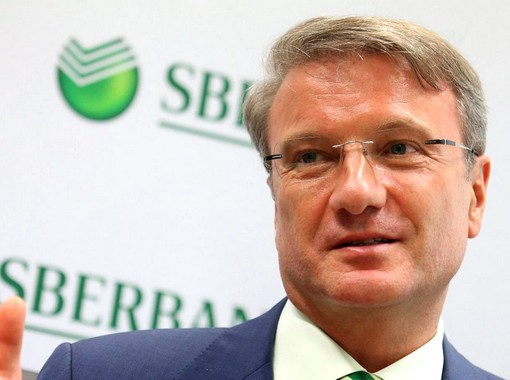
Sberbank will not be expanding the geography of its operations worldwide in the near future
under the strategy for developing its international business, Sberbank’s CEO Herman Gref told journalists on December 13, 2016.
“There is not a single strategy [on expanding our presence]. We have a strategy on macro-regions. I would say our priorities are to optimize our business, digitalize our business, and add a new business model in a number of countries. We do not plan to expand our geographical presence as of right now,” Mr. Gref said.
The issue of developing the bank’s international business was addressed at a meeting of Sberbank’s executive board. In July, Sberbank was looking for a company to provide consulting services to implement its international business strategy.
In February 2016, Svetlana Sagaidak who was senior vice president of Sberbank in charge of corporate business was chosen to head the bank’s international operations division. In April, Ms. Sagaidak told journalists that the bank’s international business strategy could be revised in the summer. However, the bank did not announce any significant changes to the strategy.
Sberbank’s financial results in 2017 will be better than those in 2016, Mr. Gref said.
“Next year we are expecting better results – for the economy overall and for our bank in particular. We have pretty good results this year, but we are expecting even better performance next year,” Mr. Gref said.
Mr. Gref believes that Russia’s banking sector will post greater profits in 2017 than in 2016, with the net profit figure reaching RUB1 trillion (USD20 billion). “In principle, if nothing extraordinary takes place, the banking sector can come close to RUB1 trillion [in profits] (USD20 billion). I am not convinced that it can exceed RUB1 trillion (USD20 billion), but it can come close,” he said.
Russian banks tripled profits in the eleven months of 2016 relative to the corresponding period of the previous year, and the net profits figure stood at RUB788 billion (USD13 billion).
Sberbank’s net profits to Russian Accounting Standards (RAS) increased 2.4-fold to RUB483.2 billion in the eleven months of 2016. Sberbank’s corporate loan portfolio in the eleven months of 2016 (USD7.97 billion) fell 3.2 percent to RUB11.9 trillion (USD20 billion), while its retail portfolio increased by 4.4 percent to RUB4.3 trillion (USD70 billion).
Sberbank expects to maintain its net interest margin (NIM) at this year’s level in 2017. Sberbank’s NIM to International Financial Reporting Standards (IFRS) rose to 5.8 percent in the third quarter of 2016 from 5.6 percent in the second quarter and 4.7 percent in the third quarter of 2015. The figure was 5.6 percent in the first nine months of 2016.
Sberbank forecast in the spring that the NIM would be better in 2016 than in 2015, when it averaged 4.4 percent.
Lending growth in the Russian banking sector in 2017 will be in the single digits, Mr. Gref said.
“Next year, we are expecting that there will be some growth, but the lending growth number will be in the single digits. Retail lending will be slightly better, and corporate lending will be slightly worse,” the executive told reporters.
Sberbank itself may increase corporate lending by five to six percent in 2017 and retail lending by the same amount or perhaps one to two percentage points more, Mr. Gref said.
“As for growth in lending, yes, we are expecting it next year. According to our estimates, this will not be double-digit, but single-digit figures. Speaking of corporate lending, it will be five to six percent next year. Probably we will be just a bit below the overall market,” Mr. Gref said.
“It will be roughly the same range for retail lending, maybe one to two percentage points higher,” Mr. Gref said.
Sberbank plans to increase its corporate deposits in line with the market, by six to eight percent, the leading Russian lender told investors. The bank is forecasting that its retail deposits will also grow in line with the market, by seven to nine percent.
For 2016 Sberbank is expecting an increase in corporate deposits to a level lower than the expected figure for the sector as a whole. For the banking industry overal this increase is expected to be no less than 10 percent. As for retail deposits, the bank is anticipating an increase bigger than that to be seen in the sector generally (five to 10 percent).
The rise in corporate loans at Sberbank in 2017 is expected to be at the level of the overall market, or five to seven percent. Retail loans are expected to increase at a slightly better rate than that to be observed on the market (five to seven percent).
Mr. Gref said that the bank may increase corporate lending by five to six percent in 2017 and increase retail lending by the same amount or even one to two percentage points more.
It was reported earlier that the bank’s retail portfolio in 2016 is planned to grow at a slightly quicker pace than retail lending for the banking industry, for which growth is forecast at up to five percent. For corporate lending, Sberbank is expecting the same amount of growth, which will correspond to the overall results observed in the banking sector.
Russian banks will have RUB1.3 trillion (USD20 billion) in earnings in 2017, Sberbank said in a presentation on its strategy for the period up to 2018.
Sberbank said that banking sector profits would total RUB0.9 trillion (USD14.84 billion) in 2016 and RUB1.4 trillion (USD23.09 billion) in 2018.
The Central Bank expects that banks will earn RUB800 to 900 billion (USD13.19 to USD14.84 billion) in profits this year, with about RUB500 to 600 billion (USD8.25 to USD9.89 billion) being allocated to reserves. The Central Bank has not published a forecast for 2017 yet. Russian banks had profits totaling RUB788 billion (USD13 billion) in the 11-month period from January to November 2016.
Lending growth in the Russian banking sector in 2017 will be in the single digits, Mr. Gref said.
“Next year we are expecting that there will be some growth, but the lending growth will be in the single digits. Retail lending will be slightly better, corporate lending will be slightly worse,” the executive told journalists.
In November, Mr. Gref told journalists that Sberbank’s credit portfolio for companies may start seeing growth in the first quarter of 2017. As for the whole Russian banking sector, Sberbank expects an increase in retail lending portfolio by up to five percent in 2016.
The forecast for the growth of Sberbank’s own corporate loan portfolio “is in line with the sector,” Mr. Gref noted.
Mr. Gref also said that Sberbank expects Russia’s GDP to grow 1.5 percent in 2017. “Next year will be easier than this year, according to all expectations. But anything could affect this prognosis. Of course, a lot will depend on the geopolitical situation, on what happens with sanctions, on the price of oil, and the degree to which the OPEC agreement is successful,” Mr. Gref said. The decision to cut oil production is positive in the short term, Mr. Gref said.
“You can see how it already has had an effect. There has already been a jump in prices. In the short term it is a very positive step, but in the long term it is hard to predict,” Mr. Gref told journalists.
He said that not all countries are members of OPEC. In particular, the United States is expanding its capabilities in terms of oil production. “Those that are not part of the cartel will increase their market share. It will be possible to estimate the strength of that alliance within six months because the biggest problem is always making sure that everybody adheres to the agreement,” Mr. Gref said.
Sberbank did not consider the possibility of participating in a syndicate of banks for financing the deal on the purchase of a 19.5-percent stake in Rosneft from Rosneftegaz by a consortium of investors of the Qatari sovereign fund and Glencore. No such proposals were made by the bank, Mr. Gref said.
“We did not propose [to participate]. If we were asked, we would have considered it,” he told reporters. The Rosneft deal will not affect the stability of the Russian rouble, Sberbank’s deputy CEO Alexander Morozov said.
“We do not see threats to the stability of the Russian currency now. Furthermore, I would like to say that in November and December we usually see an outburst for forex by both individuals and companies. Right now, we do not see this,” Mr. Morozov told journalists. He said that the growth in demand is traditionally characteristic of the end of November and December.
“We have demand right now at a very low level, just like the demand for cash as a whole. In relation to this we think there is nothing threatening the rouble’s stability right now,” he said.
Glencore and the Qatari fund payed about EUR10.2 billion for a 19.5-percent stake in Rosneft. The two market players are investing only EUR2.8 billion of shareholder capital into the deal. The rest, about EUR7 billion, is financed by banks. The main creditor of the consortium will be Banca Intesa Sanpaolo (the consultant of Rosneftegaz in the privatization deal), which organized financing without the right of recourse. Glencore’s risk as a shareholder through a consortium and structural agreements will be limited to 300 million euros.
Glencore also said that a part of its monetary commitment in the amount of 1.4 billion euros is hedged through Russian banks, which the company did not name.


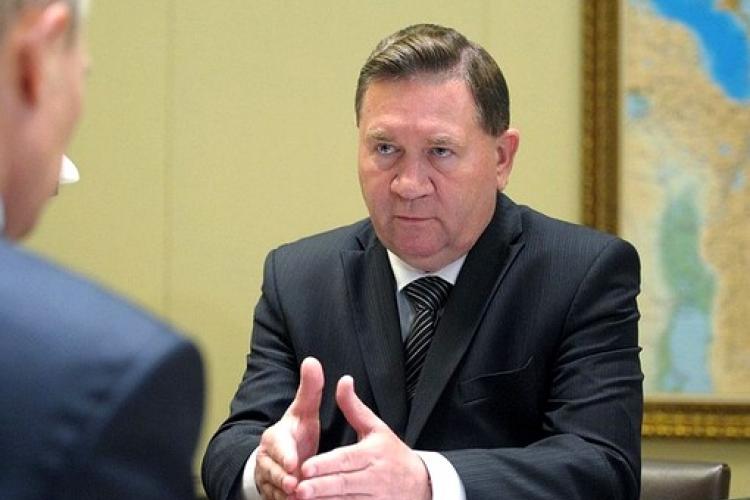
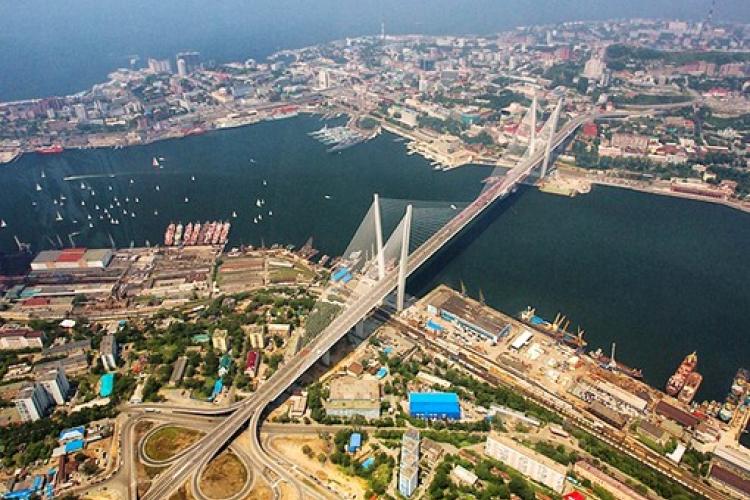

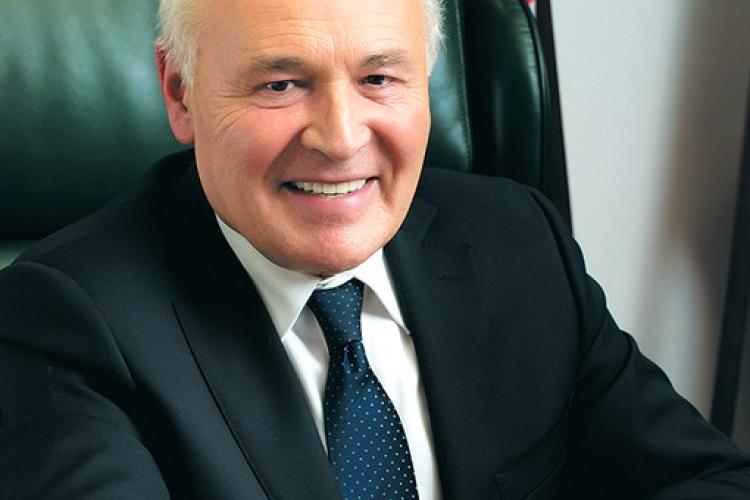
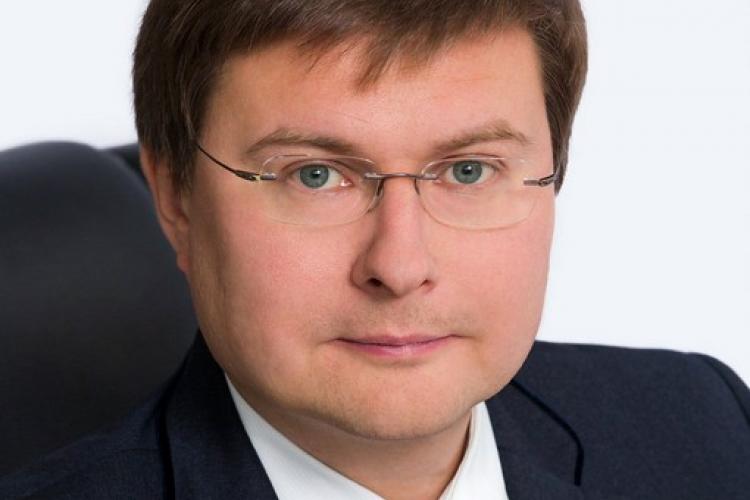


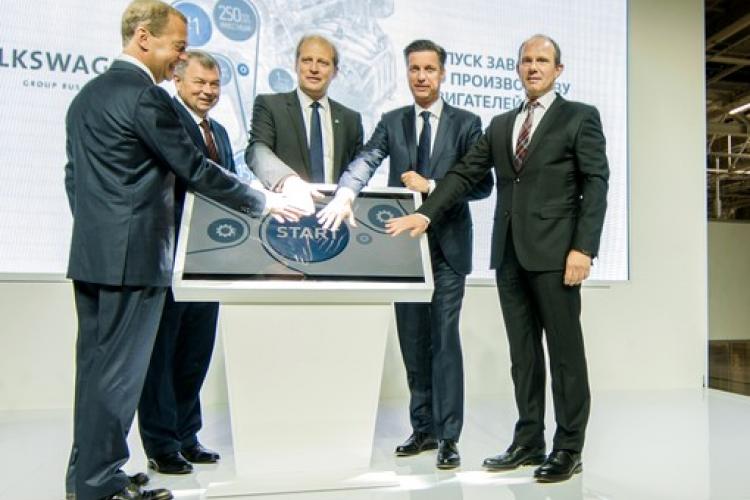
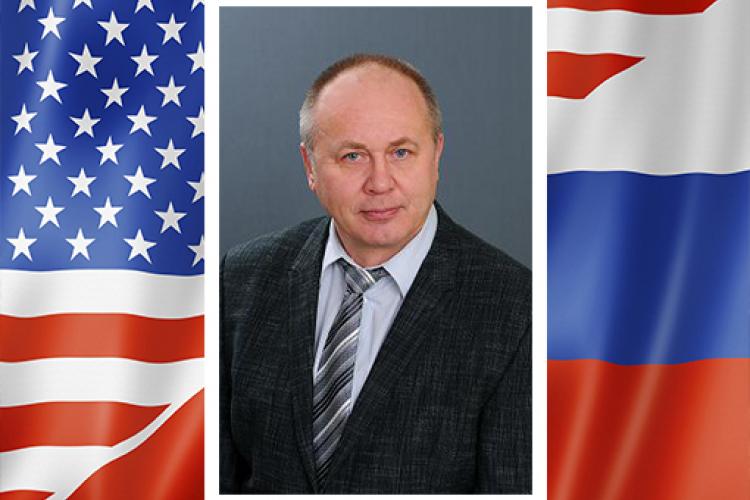

Leave a comment